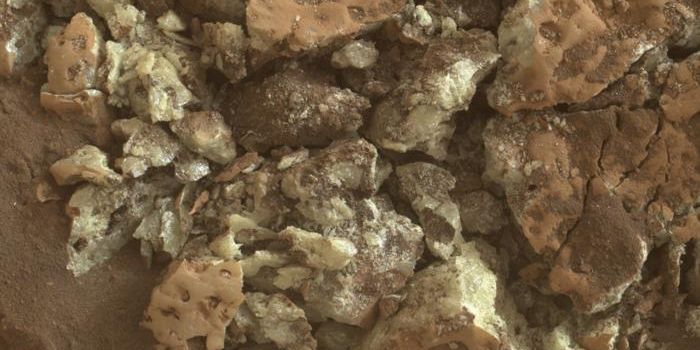How Much Do You Know About the Solar System?
Our solar system is only one out of hundreds of stellar systems residing in the Milky Way galaxy. It’s comprised of the Sun and eight known planets, half of which are Terrestrial (sporting solid, Earth-like properties), while the other half are Jovian (sporting massive, Jupiter-like properties).
Mercury, Venus, Earth, and Mars make up the solar system’s four Terrestrial planets, and among those, Earth is the only one known to support life. Mercury, the closest planet to the Sun, is the smallest and hottest planet in the solar system. Venus, Earth, and Mars are each similar in size, give or take, with Venus being the hottest of the three and Mars being the coldest. It’s believed that Mars may have supported life up to 3.7 billion years ago.
Jupiter, Saturn, Uranus, and Neptune make up the solar system’s four Jovian planets – among those, Jupiter and Saturn are considered gas giants and comprised predominantly of hydrogen and helium, while Uranus and Neptune are considered ice giants and comprised of rock, ice, water, methane, and ammonia, among other things. Captivatingly, only members of the Jovian planetary family are known to sport planetary rings.
Separating the Terrestrial and Jovian planets is the infamous asteroid belt, which contains space dust and rocks ranging from microscopic to the size of Texas, and it’s thought that these space rocks are too heavily disturbed by Jupiter’s gravitational influence to coalesce and form planets. Similarly, another belt orbits the Jovian planets, and it’s called the Kuiper Belt. Few spacecraft have ventured this far out in our solar system, with NASA’s New Horizons mission being one of the most recent.
Well beyond the Kuiper Belt is the Oort Cloud, a large collection of icy debris at the edge of our solar system. It’s here that the Sun’s light and gravitational influence end, and for that reason, it’s believed that the boundaries of the Oort Cloud should also be also be considered the boundaries of our solar system. It’s possible that more planets exist between the Kuiper Belt and the Oort Cloud, but astronomers have yet to pinpoint such a world.








